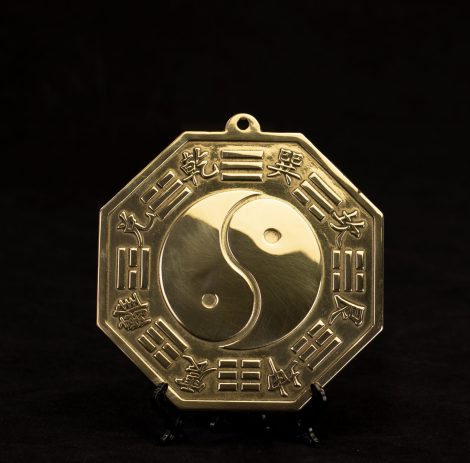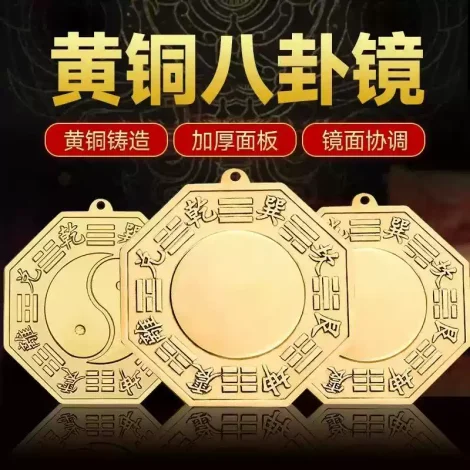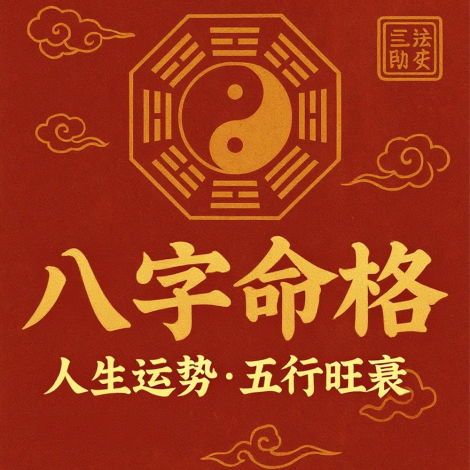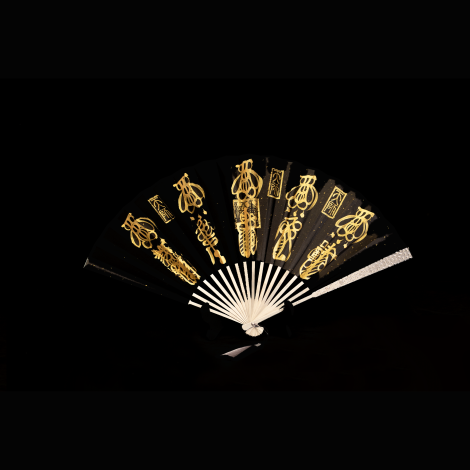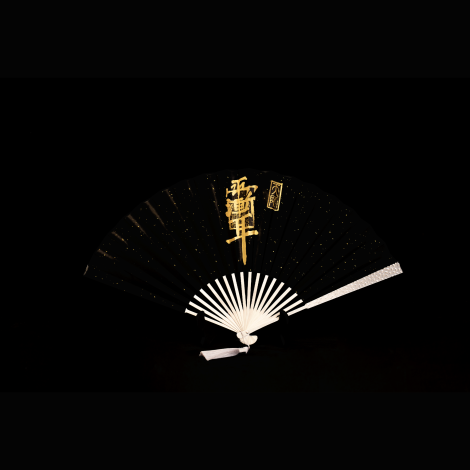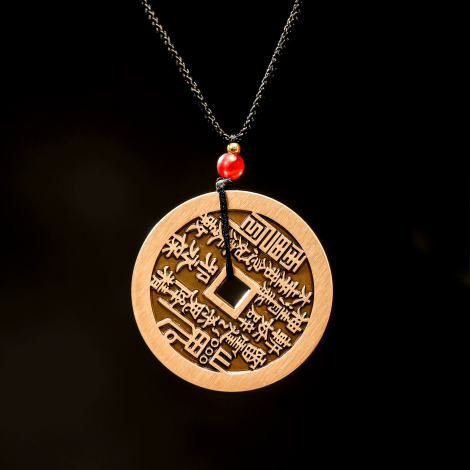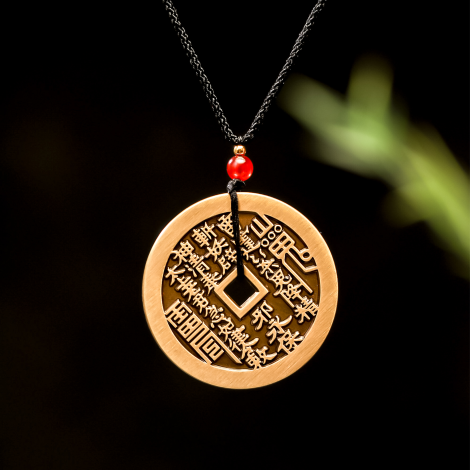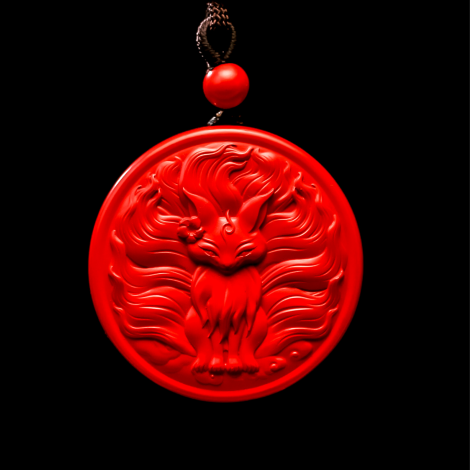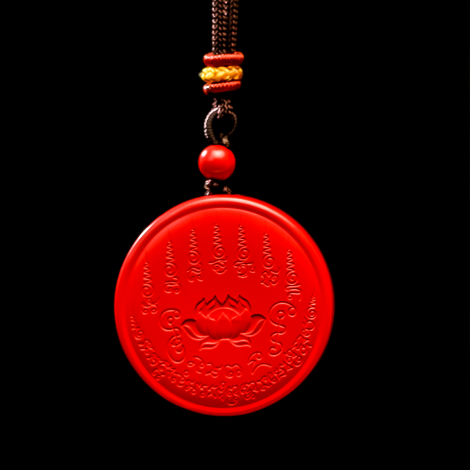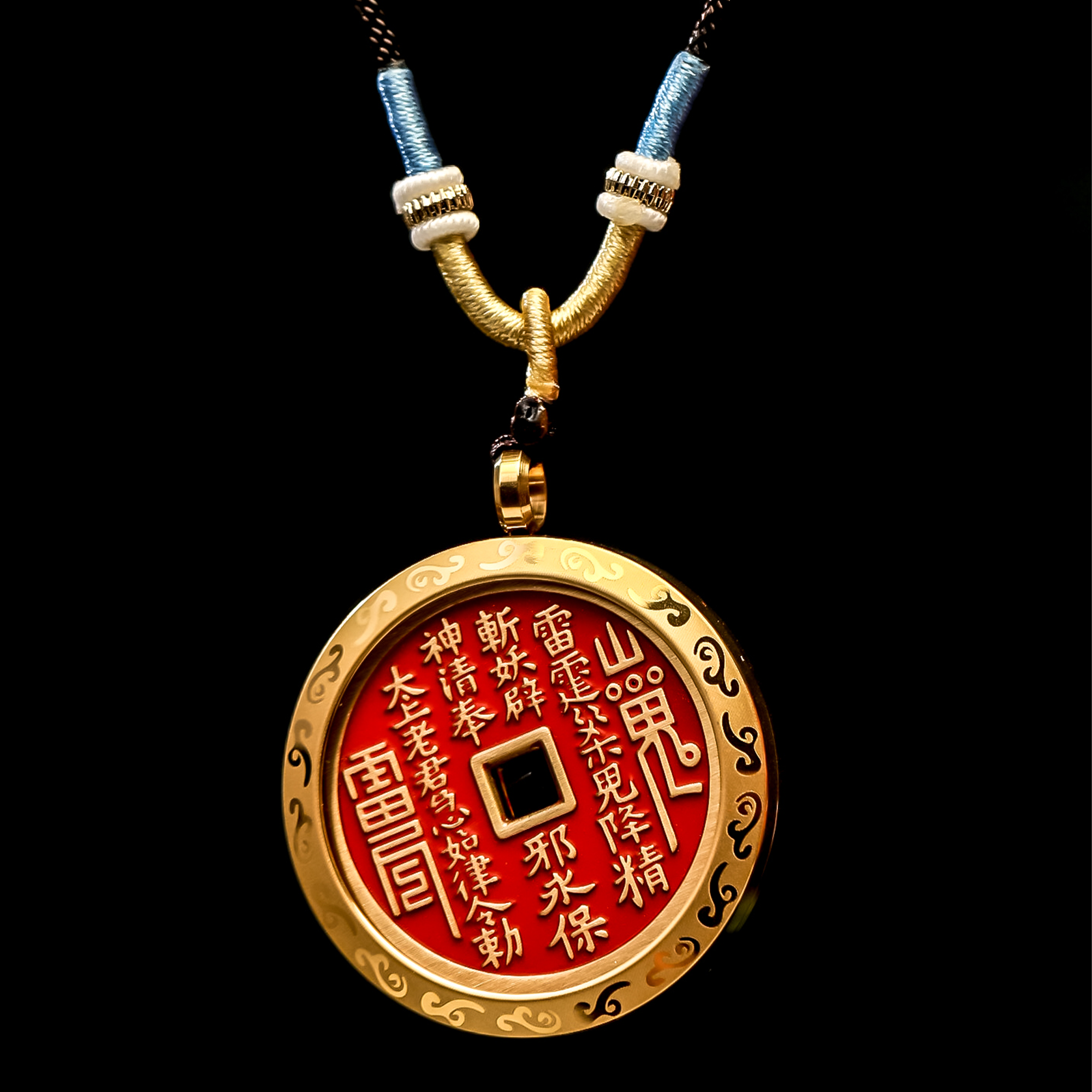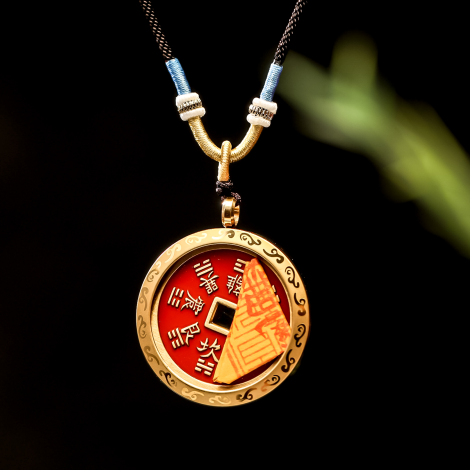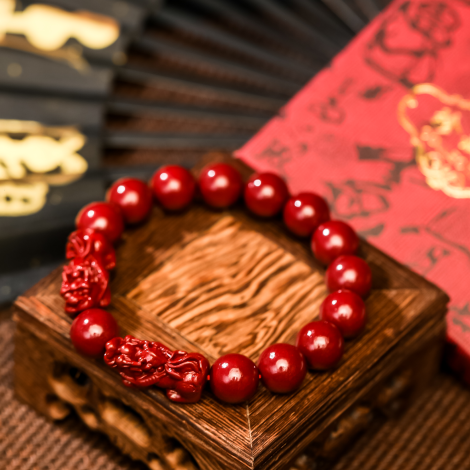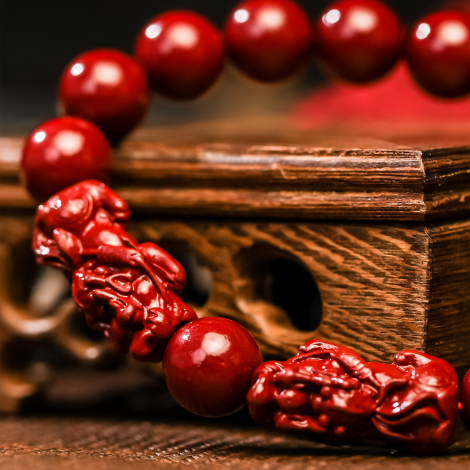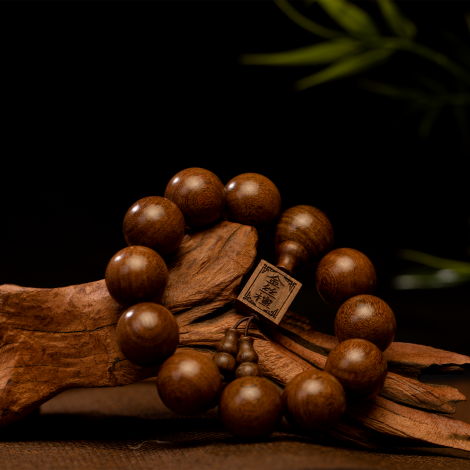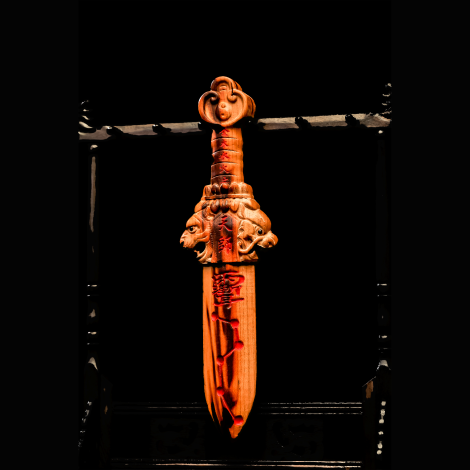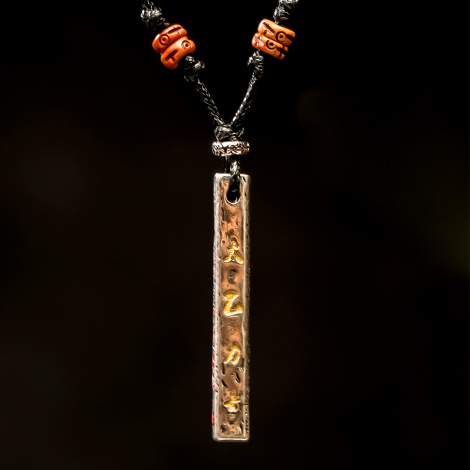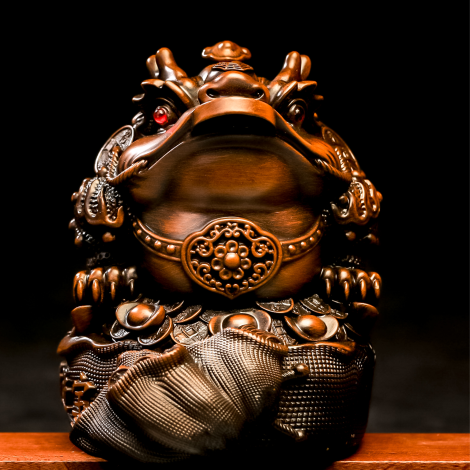1. What is Ba Zi Destiny Chart?
Ba Zi, commonly referred to as “Eight Characters” or “Four Pillars,” is a system used to calculate an individual’s fate and life trends based on their birth time (year, month, day, and hour).
At its core, it uses the Chinese traditional system of Heavenly Stems and Earthly Branches to convert the exact time of birth into eight characters. These eight characters then form a blueprint of an individual’s destiny.
Ba Zi: Refers to the year pillar, month pillar, day pillar, and hour pillar. Each pillar consists of a Heavenly Stem and an Earthly Branch, giving four pillars and eight characters.
Destiny Chart: This involves the analysis of the Yin-Yang and Five Elements attributes, along with the relationships of generation and control, to conclude the patterns of one’s fortune, wealth, social status, and life trajectory.
2. Key Components: Four Pillars and Five Elements
To understand Ba Zi, two key concepts need to be grasped: the Four Pillars and the Five Elements.
Four Pillars of Ba Zi
Suppose a person is born on May 20, 2023, at 10 AM.Year Pillar: The year 2023 is a Gui Mao year. Gui is the Heavenly Stem, and Mao is the Earthly Branch.
Month Pillar: May is approximately the fourth month in the lunar calendar, so the month pillar is Ding Si. Ding is the Heavenly Stem, and Si is the Earthly Branch.
Day Pillar: By checking the lunar calendar, May 20 corresponds to Wu Yin. Wu is the Heavenly Stem, and Yin is the Earthly Branch.
Hour Pillar: 10 AM corresponds to the Si hour, and the pillar is Ding Si. Ding is the Heavenly Stem, and Si is the Earthly Branch.
Therefore, this person’s Ba Zi is: Gui Mao, Ding Si, Wu Yin, Ding Si. These eight characters form the basis for their destiny analysis.
Five Elements Generation and Control
The Five Elements are Metal, Wood, Water, Fire, and Earth. Both the Heavenly Stems and Earthly Branches correspond to specific Five Element attributes (e.g., Yin corresponds to Wood, Ding corresponds to Fire).Generation Cycle: Wood → Fire → Earth → Metal → Water → Wood
Control Cycle: Wood → Earth → Water → Fire → Metal → Wood
The core of Ba Zi analysis lies in understanding whether the distribution of the Five Elements is balanced, and how they generate or control each other.
3. How to Analyze Ba Zi Destiny?
Analyzing a Ba Zi is a complex process, but it generally follows these steps:
Determine the Strength and Weakness (Find the Core)
Identify the Heavenly Stem of the day pillar (known as the Day Master or Self), which represents the individual.
Analyze the other seven characters to see if they support (strengthen) or control (weaken) the Day Master. This helps determine if the Day Master is strong or weak, which is crucial for subsequent judgments about favorable or unfavorable elements.Find the Favorable Element (Balance the Energy)
Based on the strength or weakness of the Day Master, identify the Five Element that will balance the entire Ba Zi chart. This element is the favorable element (Yong Shen), which is the most beneficial to the individual.
Conversely, the element that disrupts this balance is the unfavorable element (Ji Shen).If the Day Master is strong, you need elements that control, weaken, or consume it, such as Metal (which controls Wood), Fire (which weakens Wood), or Earth (which consumes Wood).
If the Day Master is weak, you need elements that support and strengthen it, such as Water (which nourishes Wood) or Wood (which strengthens Wood).
Determine the Fate Pattern (High or Low)
Based on the combinations of the Ten Gods in the Ba Zi and any special interactions, you assess the individual’s overall fate pattern or level.
Common patterns include:Official-Print Combination: Indicates success in official or political roles, with high social status.
Food God Generates Wealth: Represents talent and success in skills or speech, leading to wealth.
Killing-Print Combination: Indicates power, typically found in military or authoritative roles.
Shang Guan with Print: Represents talents under control, leading to fame and fortune.
Wealth Overpowering with Weak Day Master: Indicates opportunities that are hard to seize and a life burdened by wealth.
Specially Strong Element (e.g., From or Hua) Patterns: A single element dominates, and the individual’s fortune can be great or disastrous depending on how they handle it.
Examine Big Luck and Annual Luck (Assess Your Destiny)
Ba Zi represents your destiny, which is static and predetermined.Big Luck: This changes every ten years and represents different stages of life.
Annual Luck: This changes every year and influences current fortune.
The analysis looks at how the dynamic forces (Big Luck and Annual Luck) influence the static Ba Zi chart. If Big Luck or Annual Luck aligns with the favorable elements, it’s a good period. If they align with the unfavorable elements, it’s a bad period.
4. Common Ba Zi Destiny Patterns (Examples)
Wealth and Status: The chart has a strong presence of Wealth and Official stars, and these elements are favorable, with good flow of energy.
Health and Stability: The chart is harmonious with a balanced distribution of the Five Elements, leading to a smooth and stable life.
Artistic Talents: The presence of Food God and Shao Guan stars represents natural talent in the arts or technical skills.
Ordinary Life: Lack of supportive elements or presence of unfavorable elements leads to hard work and struggle in earning money.
Menu
- home
- shop
- Core Benefit
- House Protection and Evil Spirit Removal
- Fortune Enhancement and Luck Boost
- Enhancing Wisdom and Awakening Intuition
- Enhancing Connections and Harmonizing Relationships
- Calming the Mind and Stabilizing the Soul
- Protecting the Body and Ensuring Safety
- Balanced Wellness
- Supporting Spiritual Practice
- Praying for Blessings and Attracting Good Fortune
- Attracting Wealth and Welcoming Treasures
- Five Elements
- Others
- Services and Consultation
- sale
- Core Benefit
- culture
- Service Category
1. Origins and History: From Geomancy to Environmental Philosophy
The history of Feng Shui is ancient, and its core philosophy stems from the ancient practice of observing and harmonizing with the natural environment.
Ancient Origins (Primitive Settling):
The initial form of Feng Shui was rooted in the primitive society’s experience of “choosing a dwelling.” In ancient times, people needed to build homes and settlements in areas that were shielded from the wind, exposed to sunlight, and close to water for safety. This led to the development of the “backing the mountain, facing the water” concept, which was based on survival instincts and a deep understanding of natural laws.
Theoretical Foundation (Pre-Qin to Han Dynasty):
During this period, the philosophical ideas of Yin-Yang, the Five Elements, and the Eight Trigrams gradually matured, forming the theoretical foundation of Feng Shui. The Zhou Yi (I Ching) established the concept of “Heaven and Man as One,” which posited that humans and nature form an organic whole. In the Han Dynasty, early Feng Shui texts like Kan Yu Jin Gui appeared, with “Kan” (Heaven’s way) and “Yu” (Earth’s way) representing the study of celestial phenomena and geographic landscapes.
System Maturity (Tang and Song Dynasties):
During the Tang Dynasty, Feng Shui theory saw significant development. Yang Yun Song (also known as Yang Jiupin) is regarded as the founder of the “Form School” (or “Mountain and Water School”), which emphasized observing the shape and form of landscapes. The Song Dynasty marked the peak of Feng Shui, with the “Qi” School flourishing, integrating more complex methods involving the Eight Trigrams, stars, and astrology. The Zang Shu (Tomb Book), attributed to Guo Pu, proposed the principle “Qi travels with the wind and is stopped by water,” profoundly influencing later generations.
Popularization and Controversy (Ming Qing to Modern Times):
During the Ming and Qing Dynasties, Feng Shui became widely practiced by the public for house construction, site selection, and burial customs. At the same time, it also became mingled with more mystical and superstitious elements. In modern times, Feng Shui was initially viewed as feudal superstition, but its core principles—referred to as “environmental selection studies”—have been reexamined, drawing new interpretations from fields such as environmental psychology and architecture.
2. Core Principles and Schools: The “Operating System” of Feng Shui
Although Feng Shui theory is complex, it is built upon several core principles and has developed into different schools of thought.
Core Principles:
Qi (Energy):
This is the central concept of Feng Shui. “Qi” represents a flowing energy and life force. Ideal Feng Shui aims to ensure that “Qi” accumulates and flows slowly, curving, and evenly, rather than rushing or stagnating. This is often referred to as “hiding the wind and gathering the Qi.”Yin-Yang Balance:
Everything in the universe contains Yin and Yang (e.g., male Yang, female Yin; mountain Yang, water Yin). A good Feng Shui layout seeks to balance and harmonize these forces.Five Elements (Wu Xing):
The five elements—Metal, Wood, Water, Fire, and Earth—have a relationship of generation (promotion) and control (suppression). Feng Shui layouts often use Five Element colors, materials, and shapes to adjust the energy flow in space and maintain balance.Form and Qi:
These are the two primary methods in Feng Shui.Form School (Xing Shi):
Focuses on the visible forms and shapes of mountains, rivers, buildings, and roads. Key concepts include “dragon veins” (mountain forms), “locations” (land sites), “protective hills” (surrounding landforms), and “auspicious water flow.”Qi School (Li Qi):
Calculates the “Qi” that is invisible to the naked eye. It involves using directions (Eight Trigrams), stars (Nine Star Flying Method), and the individual’s Ba Zi (Four Pillars of Destiny) to determine the distribution of Qi in time and space, allowing for a more refined layout. This requires precise compass readings (Luo Pan).
Common Schools:
Ba Zhai School (Eight Mansions):
Divides residences based on their orientation into “East Four Mansions” and “West Four Mansions,” and people into “East Four Life” and “West Four Life,” emphasizing the compatibility of a person’s life energy with the house.Xuan Kong Flying Stars School:
A branch of the Qi School, combining time (Three Cycles, Nine Periods) and space, using the changes in “Flying Stars” to judge auspicious or inauspicious outcomes. It is a highly complex and detailed system.Yang Gong Feng Shui:
A representative of the Form School, emphasizing the on-site examination of “dragon veins,” “locations,” “protective hills,” and “auspicious water.”
3. Types and Applications: Modern Feng Shui Practices
Modern Feng Shui is primarily applied in three major scenarios:
Residential Feng Shui (Yang Zhai)
This is the part most relevant to everyday people, aiming to create a healthy, harmonious, and prosperous living environment.Overall Layout:
The house should have a square or rectangular shape, avoiding missing corners. It should have good lighting, ventilation, and airflow, with gentle wind flow (“hiding the wind, gathering the Qi”).Main Door:
Known as the “Qi Mouth,” it is crucial. It should be open and bright, avoiding direct alignment with elevators, stairs, bathrooms, or direct access to the back door (which causes “through-door killing”).Living Room:
Should be spacious and bright, located in the front half of the house, symbolizing career success. The sofa should ideally be placed against a solid wall for support (“backing mountain”).Bedroom:
Should be quiet and dark. The bed should not face the door or mirror, and the headboard should be against a wall. Avoid beams overhead.Kitchen:
Represents food and wealth. The stove (Fire) should not face the sink (Water), as Fire and Water are in conflict.Bathroom:
Represents impurity. It should not be located in the center of the house or face the main door, kitchen, or bedroom.Colors and Materials:
The Five Elements theory is used to choose decoration colors and materials (e.g., Wood is East, so green is ideal; Fire is South, so red works well).
Commercial Feng Shui
Aims to attract wealth, customers, and talent, promoting business growth.Location:
The building should follow the “left green dragon, right white tiger, front vermilion bird, and back black turtle” principles. The back should be supported (e.g., tall buildings), with an open front (e.g., plazas or parks), protective elements on both sides, and water in front (e.g., roads or water features).Main Door:
Should be grand and conspicuous to attract customers.Reception Area:
The “Qi Mouth” of the business, it should be in a favorable position, bright and tidy.CEO’s Office:
The position is crucial—should be in the back, quiet, with a solid wall behind the seat, symbolizing strong support (“backing mountain”).Finance Room:
Should be in a secure and discreet location, ideally in a “wealth position.”
Cemetery Feng Shui (Yin Zhai)
Selecting a burial site for the deceased, with the belief that it impacts the fortune of future generations. The core principle is to find a place that can gather the “Qi” of Heaven and Earth, bringing blessings to descendants. This is the earliest form of Feng Shui application.
Conclusion
Feng Shui layout is an ancient Chinese practice that involves selecting, planning, and adjusting residential and environmental spaces to achieve harmony between humans and nature, and to maximize benefits while avoiding harm.
Bagua Mirror
$188.00Cinnabar Fox Immortal Pendant
Cinnabar Mountain Deity Pendant
Cinnabar Pi Xiu Bracelet
1. Origins and Meaning: In Accordance with the Way of Heaven, Valuing Life and Accumulating Virtue
Daoist life release practices (放生, fàng shēng) are deeply rooted in core Daoist teachings, and are not simply a form or method for making wishes.
Valuing Life — “The Dao of the Immortals values life, saves limitless beings.”
This is the most fundamental belief in Daoism. As described in the Tao Te Ching and other Daoist texts, “The Great Dao is formless, it gives birth to heaven and earth; it is without emotion, yet it guides the sun and moon; it is nameless, yet it nurtures all life.” Life, in all forms, is seen as containing the essence of the Dao and is sacred. Therefore, Daoist texts like the Dealing with Beings Sutra emphasize that the “Dao of Immortals values life and saves limitless beings,” referring to all sentient beings. Respecting and nurturing life is the first step in aligning with the Dao.Accumulating Virtue — “Accumulating merit and virtue, merit and virtue turn one into a divine being.”
In Daoism, one’s fortune and spiritual advancement are rooted in accumulating merit and virtue. One of the greatest forms of merit is “saving lives.” The Taishang Ganying Pian, an important text in Daoism, specifically mentions, “Accumulating merit and virtue, showing kindness to all living things… Even insects and plants should not be harmed.” It highlights “saving the lives of others” as a great act of kindness. By saving life, one directly practices this teaching and accumulates merit that is appreciated by the heavens.Karma and Cause and Effect — “Good and evil have their consequences, like a shadow following its form.”
Daoism also teaches the law of karma. Taishang Ganying Pian says, “Misfortune and fortune have no door, they are summoned by oneself; the consequences of good and evil are like shadows, always following.” Harming life sows the seeds of evil karma, leading to disasters, while saving life sows good karma, bringing blessings from the heavens and purifying one’s spiritual path. In this sense, life release can be viewed as a way of “redeeming sins” and “accumulating blessings.”Wu Wei and Naturalness — The Highest State is Non-Interference
In contrast to more ritualistic forms of life release, the highest Daoist concept of life release is rooted in “wu wei” (non-action), meaning not to intentionally seek to release life for the purpose of gaining blessings. Instead, when encountering life in danger, one should naturally and selflessly rescue it, without expecting any recognition or reward. This embodies the Daoist principle expressed in the Dao De Jing: “The highest virtue is to act without acting.”
2. Daoist Life Release Rituals and Methods
True Daoist life release has a strict set of rituals and practices, based on the core principles of the “Three Hearts” — compassion, purity, and equality.
Rescuing According to Fate, Not Preordained
Key point: Daoist life release emphasizes “following fate.” When encountering animals on the verge of being slaughtered, one should feel compassion and immediately release them back into nature. The most taboo practice is “pre-ordering” animals for release. If an individual orders in advance, merchants may trap more animals to meet the demand, inadvertently increasing harm and going against the original intention of life release. This would result in greater sin than virtue.Choosing Wisely, Protecting Life First
Key point: The essence of life release is to “protect life,” to give living beings a path to survival. Therefore, it is crucial to consider the nature and habitat of the animals being released:Return to their Homeland: Animals should be released back into their original habitat (forests, rivers, fields).
Suitable for their Nature: Freshwater animals should not be released into the ocean, and mountain animals should not be placed in plains.
Beware of Invasive Species: Never release invasive species (like Brazilian turtles or alligator fish), as this would not be life release but instead cause ecological damage, harming local species. This is a great sin.
Reciting Sutras and Blessings, Cultivating Dharma Connections
A formal Daoist life release ceremony is very solemn, not only aiming to save the lives of animals but also to purify their spirits.Inviting the Ritual: The priest first burns incense and invites the Three Purities (Sanqing) and the Supreme Taiyi to the altar to bless and protect the beings.
Reciting Sutras: The priest recites scriptures like the Taishang Dongxuan Lingbao Jiukuo Miao Jing and the San Yuan Pin Jie Jing to assist the animals in clearing their karmic obstacles, allowing them to hear the Dharma and cultivate a connection with the Dao. This helps them break free from the cycle of reincarnation and gain a higher rebirth.
Dedication of Merit: All the merit accumulated from this life release is dedicated to all sentient beings, praying for peace in the country and happiness for all beings, rather than merely seeking blessings for oneself. This reflects the vast and inclusive nature of Daoism.
Summary
Daoist life release practices are a profound expression of the Daoist way of respecting life, accumulating merit, and aligning with cosmic harmony. It is not a mere ritual but a spiritual practice that involves deep understanding, compassion, and a commitment to the well-being of all living beings. By following the principles of non-action, compassion, and wisdom, Daoist life release serves both to redeem past karma and to accumulate virtuous merit for spiritual growth.







